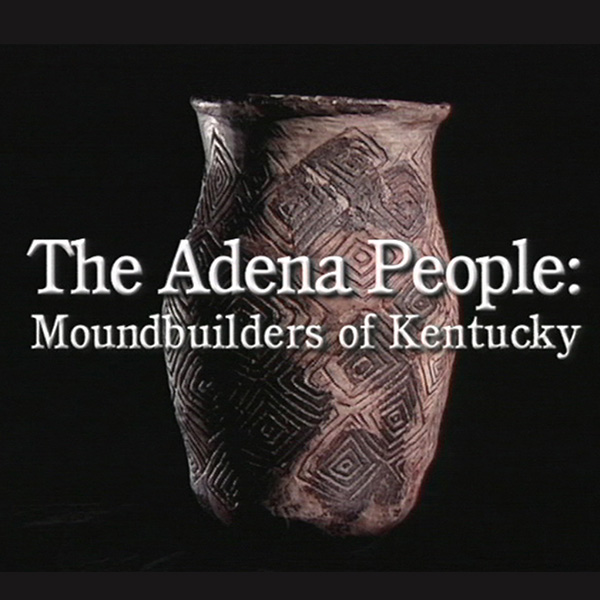Discover the wonders and mysteries of the Adena culture.
Summary
Status: Vol. I, Episode 2 (6:00 min); original release 2000
Volume I (half hour) includes episodes 1, 2 and 3
“The Adena People: Moundbuilders of Kentucky” explores the legacies of an ancient American Indian culture renowned for massive burial mounds. Archaeologist Dr. Berle Clay describes the search for elusive Adena settlements, sites that would reveal much about the daily life of American Indians living in Kentucky over 2,000 years ago. “The Adena People” presents an archaeological irony. Archaeologists know more about the ceremonial life of the Adena, than they do about their daily activities. Adena culture flourished in central and northern Kentucky about 2,000 years ago during the Middle Woodland period. Archaeologist Berle Clay, Cultural Resource Analysts, Inc., explains that until recently most scientific research focused on the Adena’s monumental mounds and earthworks. Therefore, relatively little is known about the daily life of the Adena people whose mobile lifestyle made their settlements difficult to find. Dr. Clay compares what is known about Adena life during the Woodland period to the farming cultures of the Late Prehistoric period. The video shows many examples of Adena mounds and artifacts, including pottery, mica, and stone tools. Archival footage of Depression-era mound excavation also is presented; western Kentucky’s Wicklliffe Mounds Research Center mural of Mississippian life is shown; and scenes from Daniel Boone National Forest’s Living Archaeology Weekend in Powell County depict people making stone tools, pottery, grass mats, and preparing food using traditional tools.
Resources
Volume I companion website
Adena People media release (PDF)
DVDs: The Kentucky Archaeological Council sells DVDs of this program at cost. Contact David Pollack (859) 257-1944, [email protected]
Kentucky Archaeology resources – Kentucky Heritage Council/KAS site
Support
“The Adena People: Moundbuilders of Kentucky” was made possible with support from the Kentucky Archaeological Survey, Kentucky Heritage Council, Kentucky Humanities Council and Voyageur Media Group, Inc.

